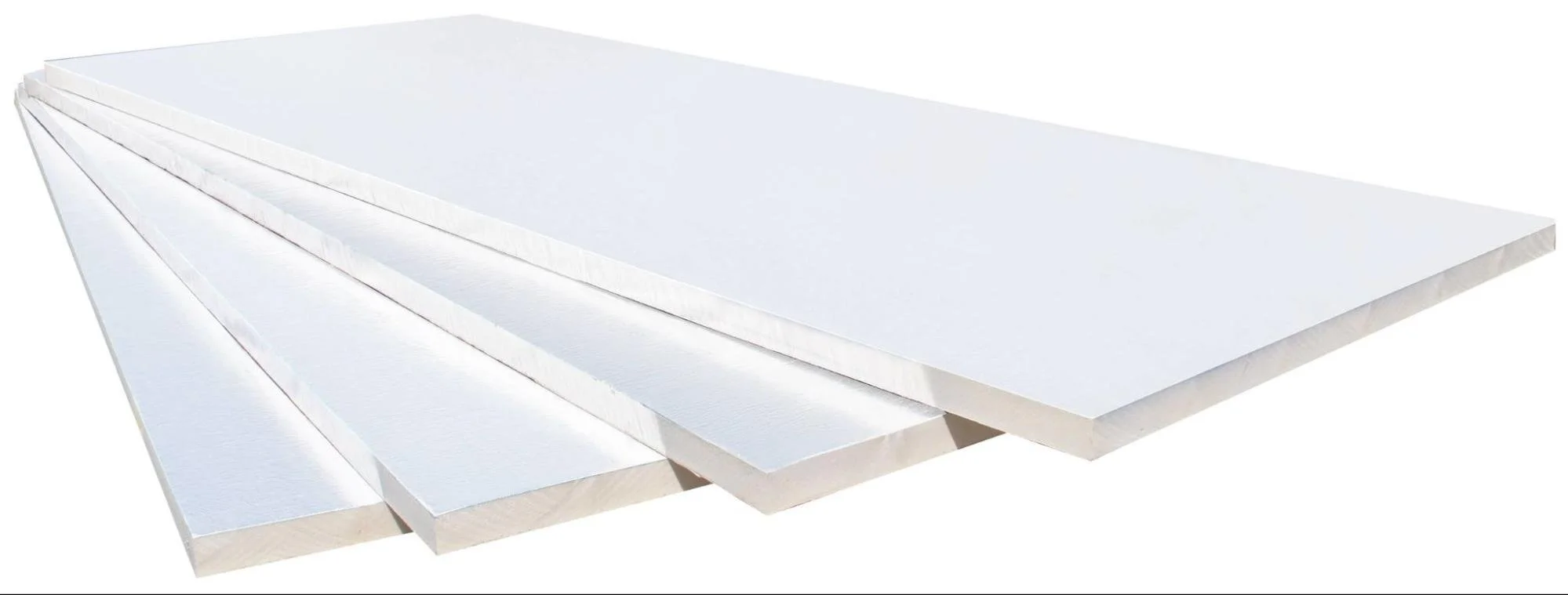Restaurant owners and grocery store financiers have an additional concern when it comes to making sure their investment pays off after construction. Proper construction of these types of buildings requires a designated storage area that most warehouses and retail outfits don’t—cold storage.
Keeping food at the right temperature is critical to the success of businesses operating in the food industry. When you need to keep temperatures cool, insulation becomes your best friend, but not all insulations work the same. Some insulations perform better when it comes to maintaining cold or below-freezing temperatures.
Here, we cover the best insulation for cold storage.
What is Cold Storage?
Before diving into the best insulation for cold storage, let’s define what cold storage is. In construction, cold storage includes any room or building that requires special attention to provide precisely regulated temperature controls to keep goods cooled to the right temperature.
Examples of facilities that require cold storage in the form of a walk-in cooler or similar installations include:
Bars or restaurants
Hospitals
Grocery Stores
Butcher Shops
Deli
Pharmacies
Cold storage is all around us, and it’s something that we depend on each day whether we see the back room ourselves or not. It’s running behind the scenes in every restaurant, grocery store, and medical facility.
Why is Insulating a Cold Storage Room So Critical?
To understand why cold storage insulation is so important, let’s talk about what happens when a cold storage room is not keeping goods cool as they should. When the temperature is higher than it should be inside a cold storage room, it can result in food spoilage, food safety issues, health department violations, and higher energy bills.
Not to mention the legal requirements. Building codes often have a separate chapter on properly insulating cold storage rooms and facilities. These codes may require higher R-values, the addition of vapor barriers, and energy-efficient refrigeration systems.
Properly insulating cold storage also reduces condensation problems. Condensation happens when warm air cools too quickly and condenses into liquid form on a cold surface. Any time that water is inside your structure, it will cause damage, eventually. Reduce condensation by encapsulating your cold storage with sufficient insulation.
Options for Insulation Material for Cold Storage
As with other types of construction, when it comes to choosing your building materials—you have options. Common cold storage insulation materials include spray foam insulation for cold storage (polyurethane) and rigid foam insulation boards such as polystyrene and polyisocyanurate because of their dimensional stability and capacity to be installed as continuous insulation.
When choosing your cold storage insulation, compare the performance of each type in categories that include thermal insulating value (R-value), moisture resistance, compressive strength, ease of installation, durability, and versatility. In the table below, we compare the popular cold storage insulation materials head to head.
Comparing Insulation Material for Cold Storage
*Values vary depending on density and thickness
Out of the above options, expanded polystyrene (EPS) is the most susceptible to water damage with the highest water vapor permeance and water absorption. This can lead to condensation and a drop in thermal performance over time. XPS, polyiso, and spray foam insulation for cold storage have comparable stats when it comes to moisture resistance. Spray foam outperforms the others in thermal performance per inch, but it also requires specialized equipment and knowledge for proper installation, which can mean a pricier installation.
Polyiso in Cold Storage
To get the biggest bang for your buck, polyiso provides superior thermal performance with quick, simple, and durable installation procedures. Polyiso is a cold storage insulation solution that will outlast your investment and keep your temperature-controlled environments sheltered from the heat while also keeping your energy bills in check.
Polyiso can be custom tailored to meet your project's needs. By choosing the right thickness, facer material, and installation method—you’re sure to find a product that suits your needs. Some manufacturers even sandwich polyiso between metal facers, to create cold storage insulated metal panels (cold storage insulated panels) that can double as the wall to your room or facility. This allows a tongue and groove modular install while saving on building materials and installation costs.
Get Help Picking Your Cold Storage Insulation
If you’re not sure how to insulate a cold storage room, reach out to the insulation experts at Rmax. Our team can help review your project’s needs and determine the best course of action.
Contact your local Rmax representative today so you can get the right materials procured!




